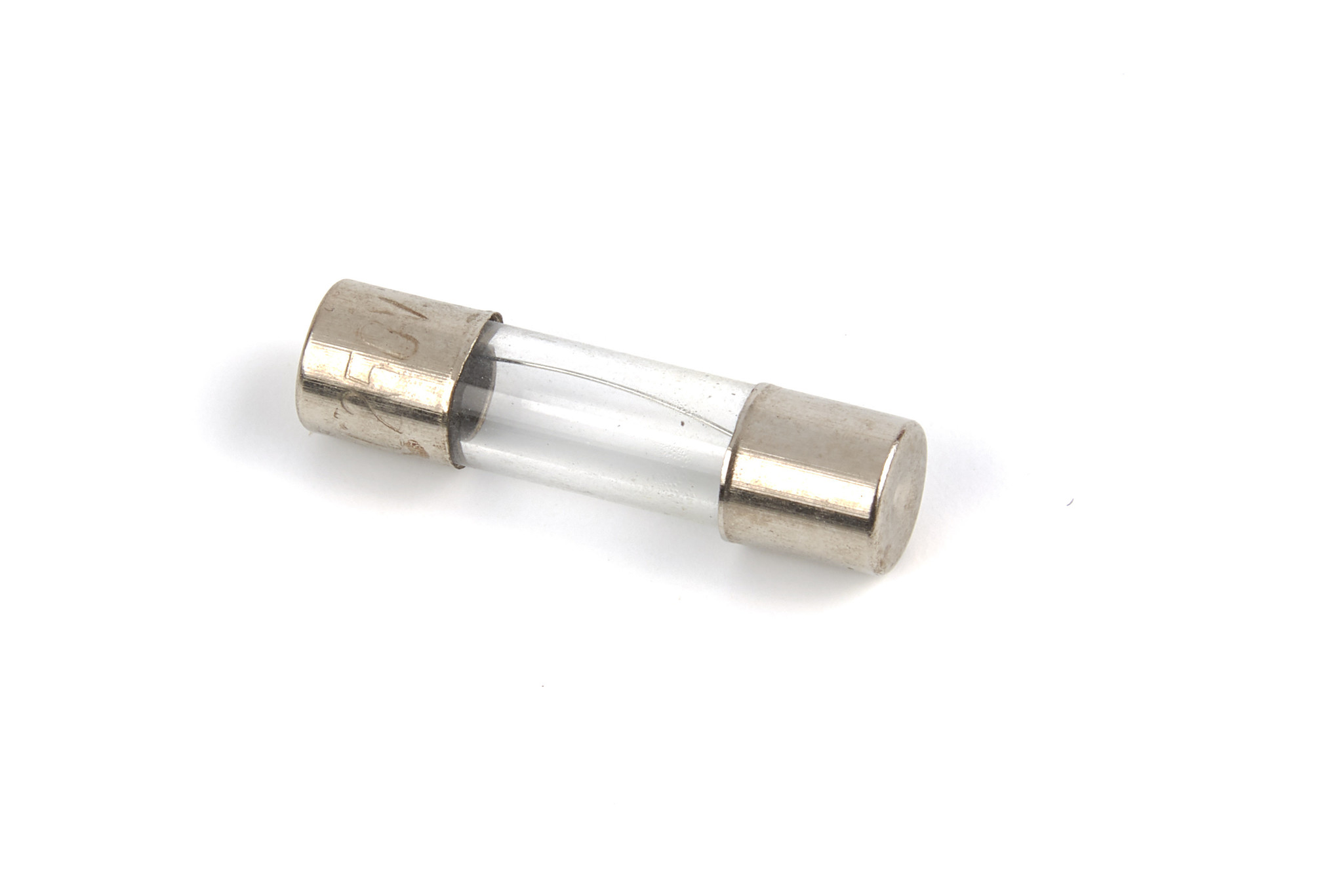We sell one of the largest varieties of fireworks fuse, including both American and Chinese fuses. We sell fuse in various sizes from 1.8 mm to ¼ inch time fuse. We offer custom lengths, Pre-packaged fuse as well as our own custom packaged onlinefireworksfuse.com brand in various sizes and lengths from 1 foot to 5,000 feet rolls.
- FUSE is a userspace filesystem framework. It consists of a kernel module (fuse.ko), a userspace library (libfuse.) and a mount utility (fusermount). One of the most important features of FUSE is allowing secure, non-privileged mounts. This opens up new possibilities for the use of filesystems.
- Aug 10, 2017 A Fuse or an Electric Fuse is an Electrical / Electronic device that protects the circuit from different electrical faults like over current and overload. Fuses can be considered as a sacrificial element in the circuit as they act as a weak link in the entire circuit.
- FUSE) was a NASA astrophysics satellite/telescope whose purpose was to explore the Universe using the technique of high-resolution spectroscopy in the far-ultraviolet spectral region. The Johns Hopkins University (JHU) had the lead role in developing the mission, in collaboration with The University of Colorado at Boulder, The University of California at Berkeley, international partners the.
- Fuse (electrical) A miniature time-delay 250 V fuse that will interrupt a 0.3 A current at after 100 s, or a 15 A current in 0.1 s. 32 mm (1 1/4') long. 200 A Industrial fuse. 80 kA breaking capacity. In electronics and electrical engineering, a fuse is an electrical safety device that operates to provide overcurrent protection of an electrical.
The Far Ultraviolet Spectroscopic Explorer (FUSE) was a NASA astrophysics satellite/telescope whose purpose was to explore the Universe using the technique of high-resolution spectroscopy in the far-ultraviolet spectral region. The Johns Hopkins University (JHU) had the lead role in developing the mission, in collaboration with The University of Colorado at Boulder, The University of California at Berkeley, international partners the Canadian Space Agency (CSA) and the French Space Agency (CNES), and numerous corporate partners. Professor Warren Moos of the Henry A. Rowland Department of Physics and Astronomy at JHU was the Principal Investigator. The FUSE satellite was launched on June 24, 1999, and operated until October 18, 2007. The mission was operated by a group of scientists and engineers from a control center in the Bloomberg Center for Physics and Astronomy building on JHU's Homewood campus in Baltimore, Maryland. The primary FUSE ground station was located at the Unversity of Puerto Rico Mayaguez. NASA/Goddard Space Flight Center provided management oversight of the project. As of 2014, FUSE was still the largest and most complex astrophysics mission that had been operated out of a university setting. After its three-year primary mission, NASA extended FUSE operations several times to allow continued access to the far-ultraviolet spectral region by the astronomical community. Over the years, hundreds of astronomers from all over the world used FUSE to observe nearly 3000 different astronomical objects, totaling over 64 million seconds of successful observing time. At the conclusion of the mission, the FUSE web presence was moved to its long term home at the Mikulski Archive for Space Telescopes (MAST), where the data archive is kept as well. Please visit this site for more information about the history of the FUSE project, the data from the mission, the photo archive, and much more: |
JHU Physics and Astronomy
Fuse Holder
 Last updated: June 12, 2017
Last updated: June 12, 2017